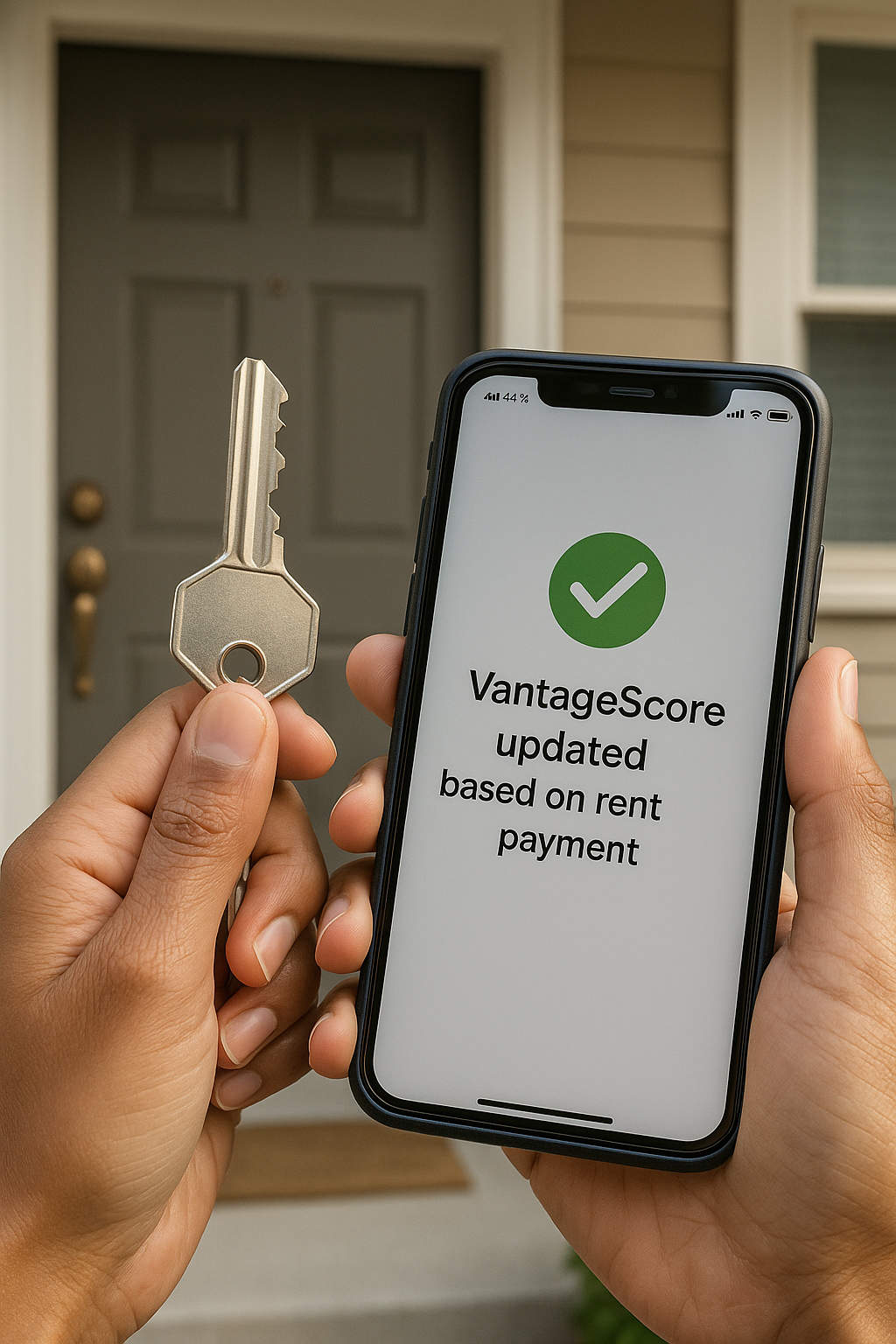When we talk about building a life in the U.S., whether it’s getting a great apartment, buying our first car, or eventually achieving the dream of owning a home, there’s one number that often acts as the gatekeeper: your credit score. For young Latinos starting their professional journeys, understanding and improving this score is foundational. It’s how the American financial system measures our trustworthiness, and it directly impacts how much money we save on loans.
We know how hard our community works. Latinos are a driving force in the U.S. economy, and yet, we often face unique challenges in navigating the financial system. For instance, the Latino homeownership rate trails the national average, and closing this wealth gap often starts with accessing affordable credit (Urban Institute, “Homeownership Gaps Persist, but Recent Growth Is Promising for Latino Communities”).
So, let’s break down this crucial number. You may check a free online service and see one score, only to find a lender quotes you a different one. This isn’t a mistake; it’s a feature of the system. Your score can vary because different lenders use different scoring models, but they all pull from the same essential source.
The Big Three: Your Financial History Trackers
Your credit score is based on the data collected by the three major credit reporting agencies, or credit bureaus: Equifax, Experian, and TransUnion. Think of them as the official historians of your financial life.
- They gather data from lenders, banks, and credit card companies about how you handle debt.
- They compile this data into your credit report.
- They then sell this report, along with a calculated score, to lenders who need to assess your risk before giving you a loan or a credit card.
Because each bureau might receive slightly different data or update their reports at different times, the credit report they generate, and the score calculated from it, can vary.
FICO vs. VantageScore: Why Your Scores Differ
Lenders primarily use two major scoring models to generate your credit score from the data in your reports: FICO and VantageScore.
FICO Scores (The Industry Standard)
The Fair Isaac Corporation (FICO) is the gold standard; it’s the score lenders use most often for major decisions like mortgages or auto loans. FICO scores typically range from 300 to 850. The model weighs different factors of your credit report as follows (using the widely-used FICO Score 8):
| Factor | Weight | The Takeaway for Our Community |
| Payment History | 35% | This is the most critical piece! Paying every bill on time, every month, is the single best action you can take to build a high score. |
| Amounts Owed (Credit Utilization) | 30% | This measures how much of your available credit limit you’re actually using. Keep your balance low, ideally below 30% of your limit, and even better below 10%. |
| Length of Credit History | 15% | Lenders want to see you’ve managed credit responsibly over time. Don’t rush to close your oldest accounts, even if you don’t use them often. |
| Credit Mix (Types of Credit) | 10% | Having a blend of credit types (like a credit card and an installment loan) can help, but don’t take out loans just to diversify. |
| New Credit | 10% | Applying for a lot of credit in a short time signals risk. Apply only when you need it. |
VantageScore (The Educational Alternative)
VantageScore was developed jointly by the three credit bureaus and is often the score you see on free consumer credit tracking services. Its most popular version (VantageScore 3.0) typically ranges from 300 to 850, and while it considers the same information, it prioritizes the factors slightly differently:
- Payment History (Extremely Influential)
- Age and Type of Credit (Highly Influential)
- Credit Utilization (Highly Influential)
- Total Balances/Debt (Moderately Influential)
- New Credit & Available Credit (Less Influential)
Why the Difference Matters to You
Both FICO and VantageScore models aim to predict one thing: how likely you are to miss a debt payment by 90 days or more in the next two years. A higher score means you’re seen as less of a risk.
The reason your scores differ between platforms is that most lenders use FICO, while many consumer-facing or “educational” tools use VantageScore. Furthermore, FICO itself has over 50 different scoring variations (like FICO 8, FICO 9, FICO Auto Score, etc.).
Our goal isn’t to chase a single number, but to adopt the strong financial habits that feed all versions of your score. When you focus on paying your debts on time and keeping your utilization low, every score model will reflect that progress, helping us secure our financial future in the U.S.
👉 Ask Gabi, the “judgment free zone” for all of your financial questions!
Stay tuned! We got you!







